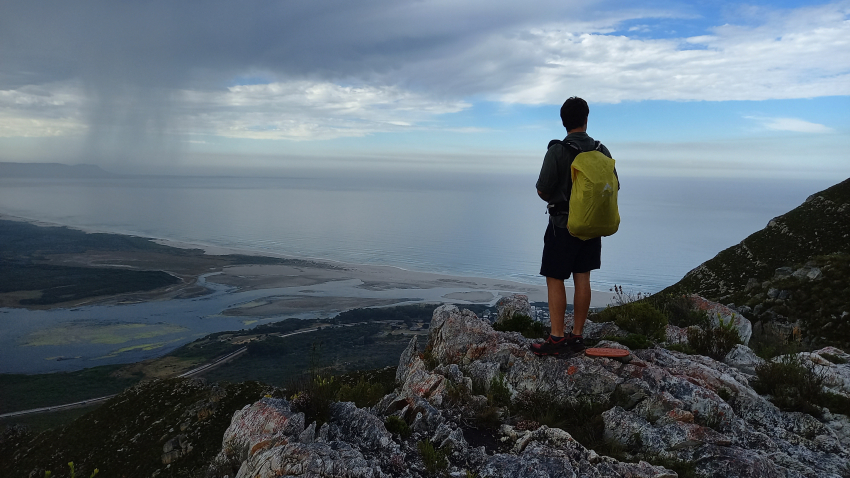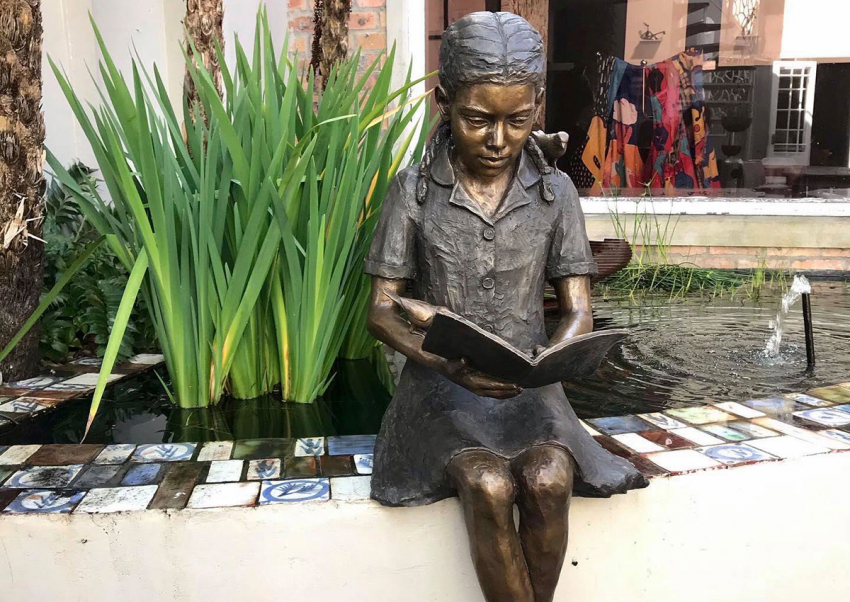The recorded history of Hermanus goes back to 1724, but taking a look at earlier times we see that man and beast were attracted to this area. Long before European farmers set foot along Walker Bay, indigenous Khoikhoi peoples living in kraals at Kleinriviers Kloof and Attaquas Kloof grazed their cattle and sheep on the coastal lowlands in sweet limestone veld.
Strandlopers (beach-rangers, banished from their tribe) dwelled in caves along the shores where seafood was their staple diet. The Khoikhoi slowly disappeared - many died of smallpox and the remainder joined other tribes to the east or the missions. In the Mossel River valley only a few Strandlopers remained.
The early seventeen hundreds brought new inhabitants when the first Cape farmers started using the pastures of the Mossel River farm, surveyed between the foothills of the Barren Mountains (Klein River Mountain) and Great Southern Ocean (Walker Bay). A Stellenbosch farmer, Jan Cloete, was first to obtain grazing rights in 1724. He was a nephew of Hendrik Cloete, who played an important role in the farm's history.
Barend Pieterse, of German extraction, obtained the Mossel River grazing rights in 1739 and following him was Christoffel Groenewald in 1747. They used the farm mainly for the good winter grazing. None of these farmers constructed any farm buildings. Only a shepherd's hut is indicated on an early map.
Some brought their families for ox-wagon camping holidays. They fished and enjoyed the lovely beach near the Klein River. The children loved swimming in the waves and spent long hours on the warm white sand. Groenewald was followed by Wessel Wessels, who used the farm for more than forty years. After his death Hendrik Cloete paid widow Wessels $175 for the goodwill and grazing rights of Mossel River. Cloete described the farm as his fraaie osseplaats(beautiful cattle farm)and later on, his lustplaats (his pleasure estate). Cloete built a beach house overlooking the lagoon. He brought his friends to share hunting and fishing on the farm. This house was the first to be built in the area and is today known as the “Mondhuis”. After two centuries it was beautifully restored by the Hamilton-Russells who now live there.
After Hendrik Cloete's death in 1799, his son Dirk became the owner and in 1839 he sold to Alewyn Johannes Smith. Jurie Erwee bought Mossel River farm a few years later and in 1857 he sold it to Duncan McFarlane. His daughter Agnes Stroud inherited the old farm and her daughter and son-in-law, Jack and Henrietta Poole after her. In the 1890s, the western section of the farm was surveyed and became Poole’s Bay (today Eastcliff), while shortly afterwards the land around the Mossel River and on to the lagoon became the Mossel River Estate (today Voëlklip).
Article extracted from SJ du Toit – Whale Capital Chronicles I.
Should you wish to use any of her stories please contact SJ du Toit directly.




























